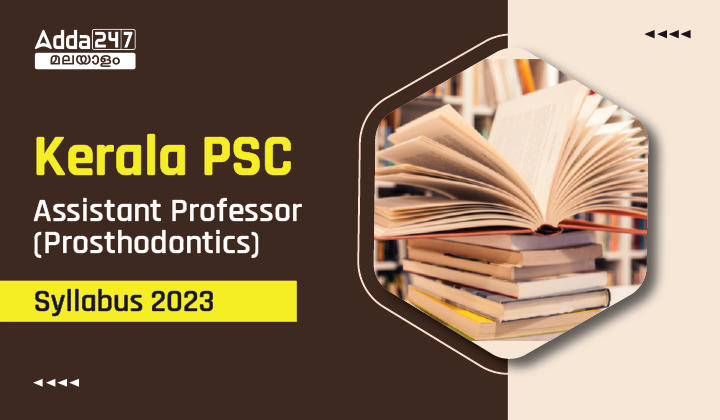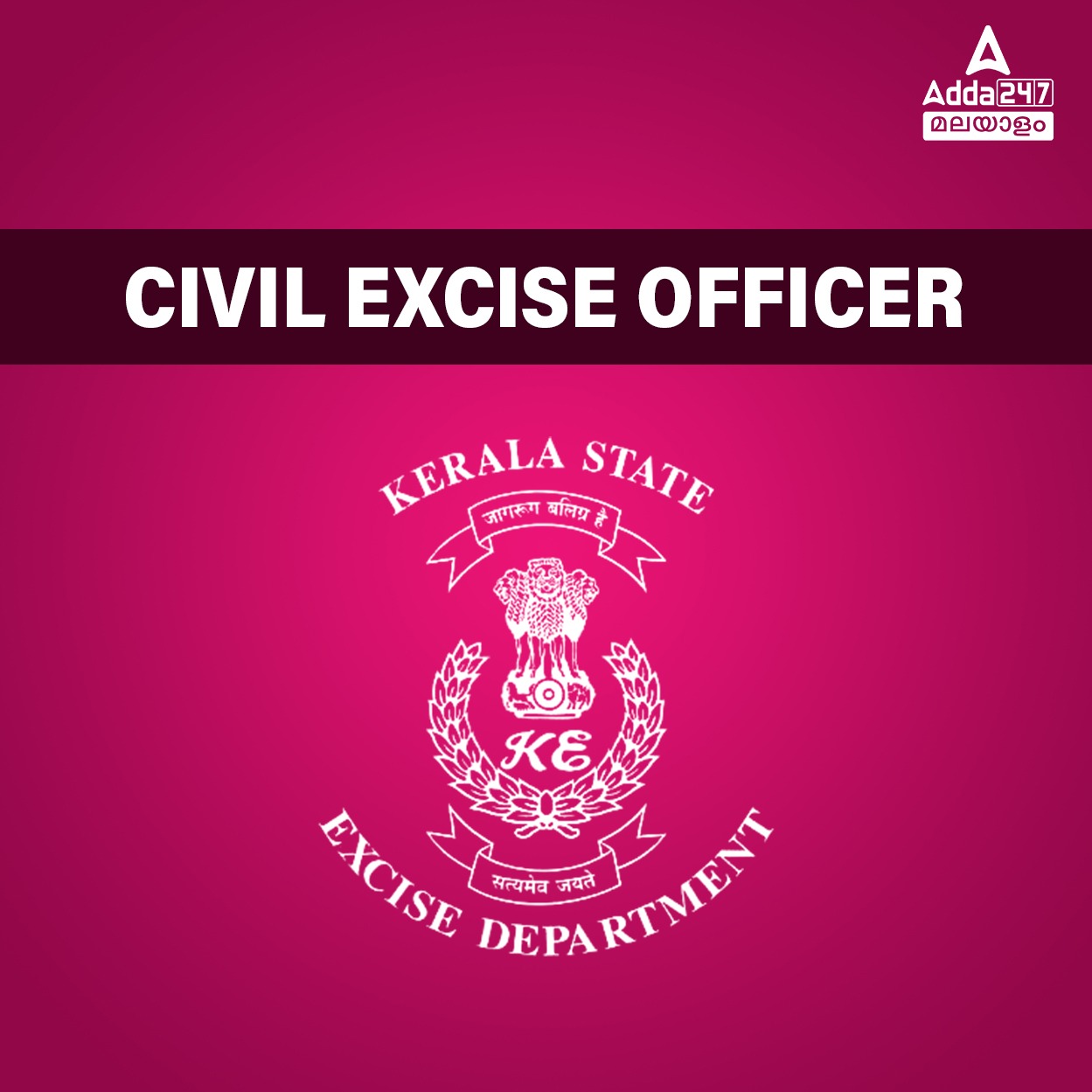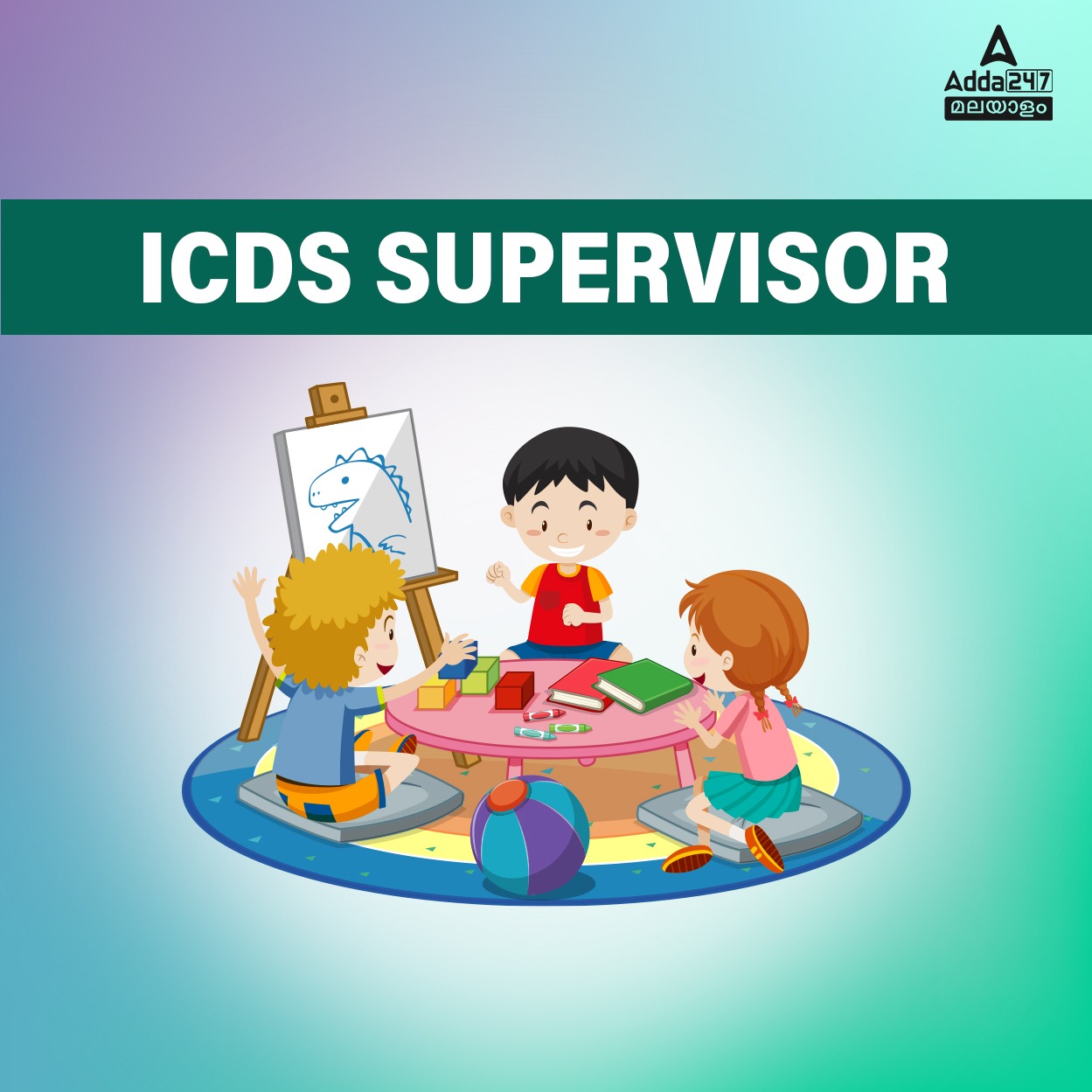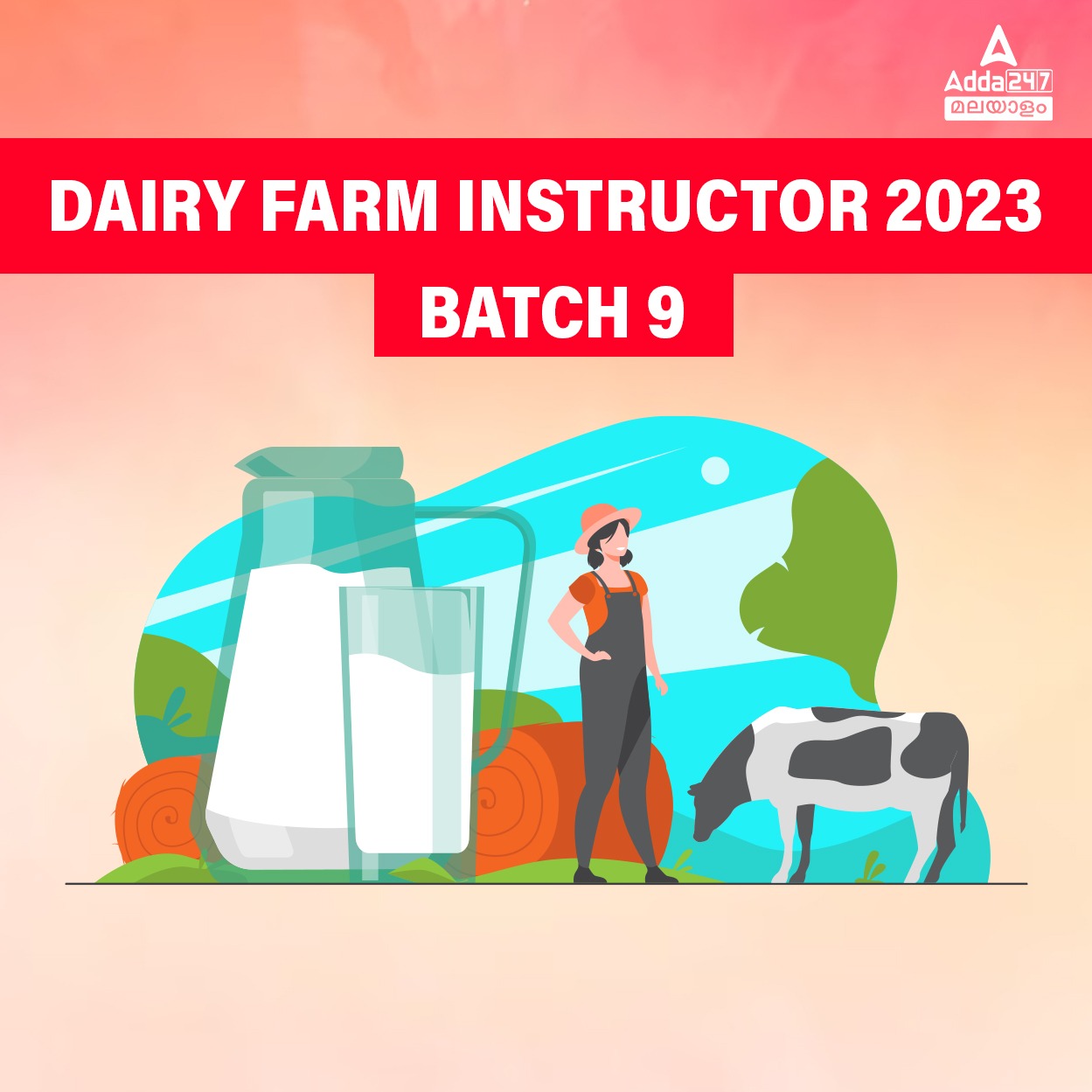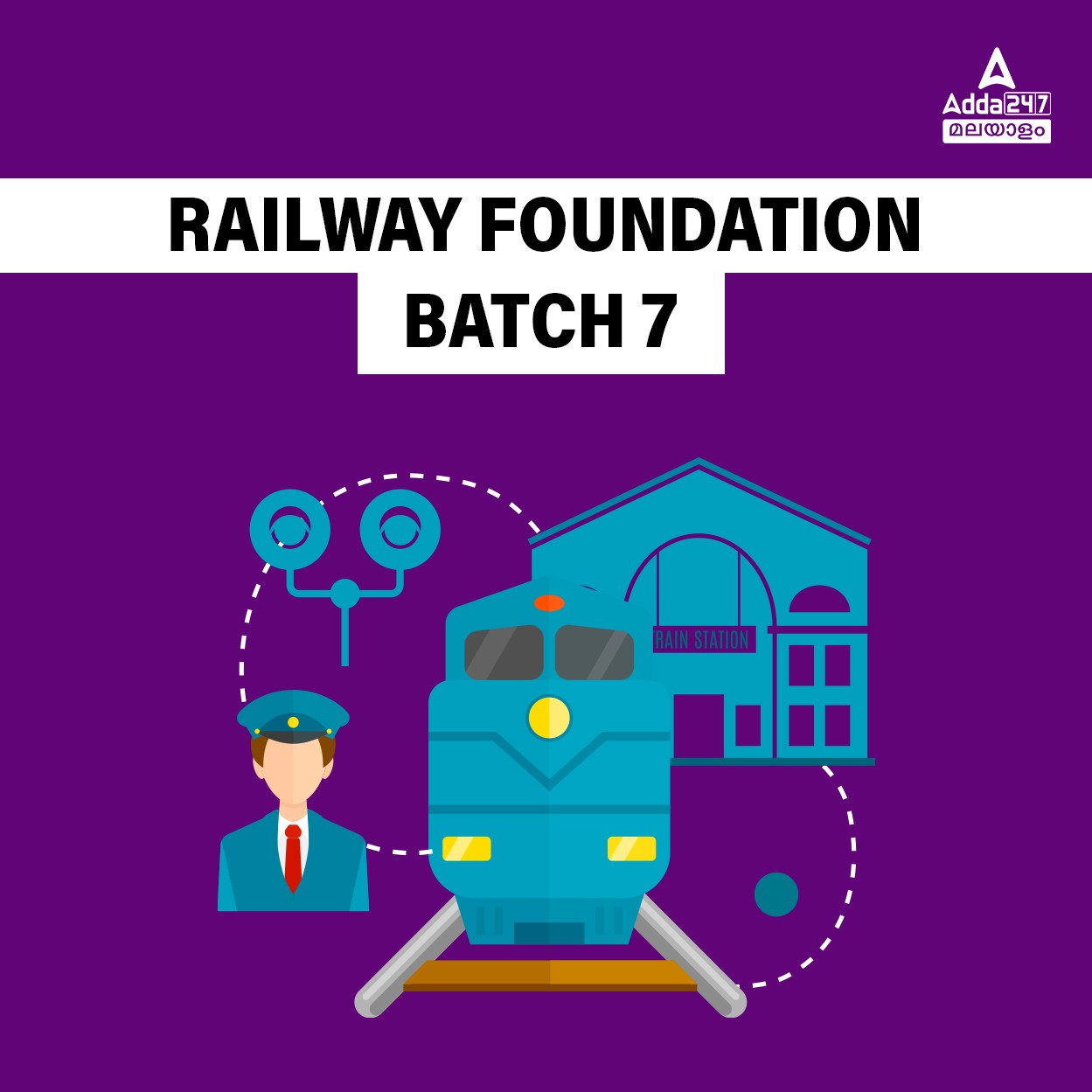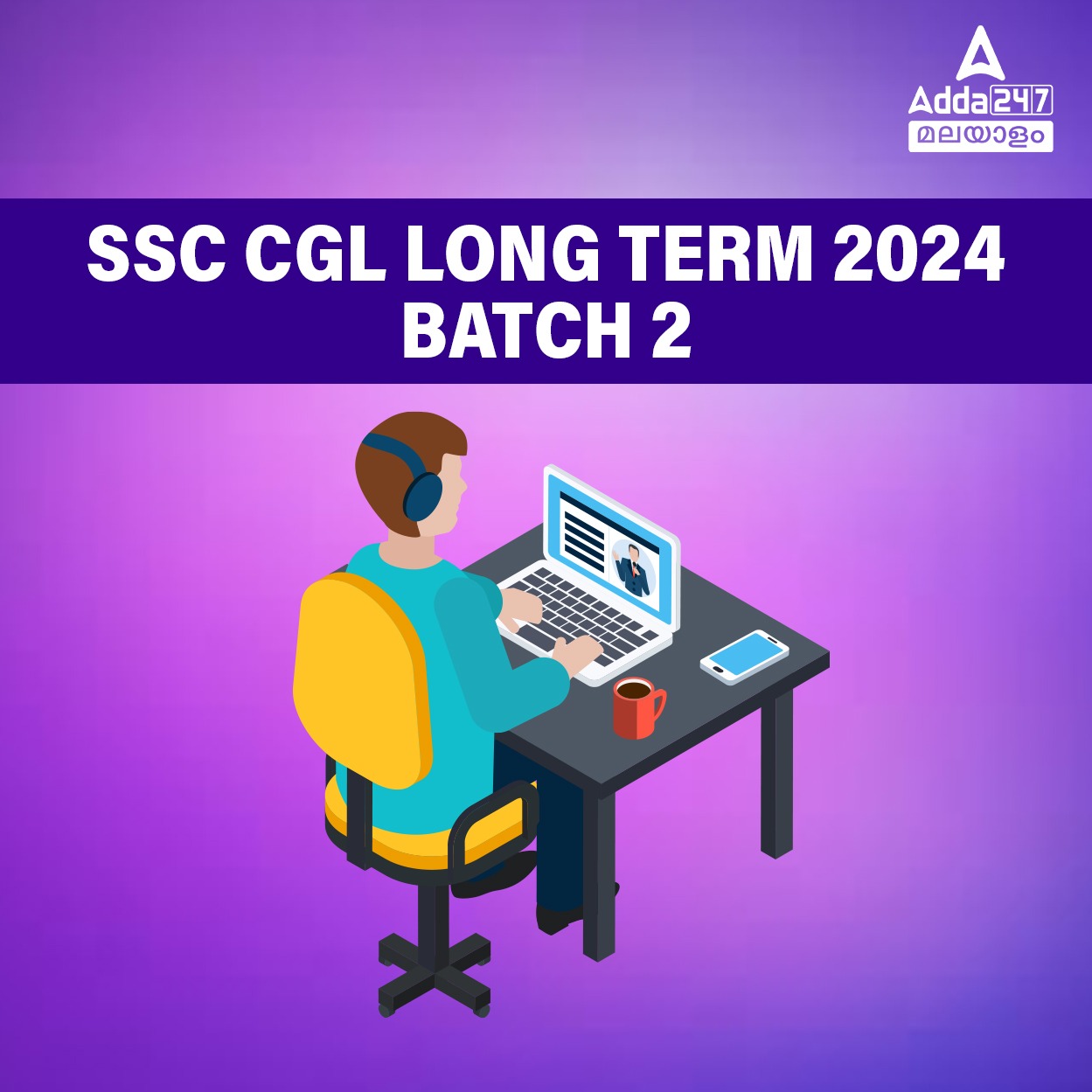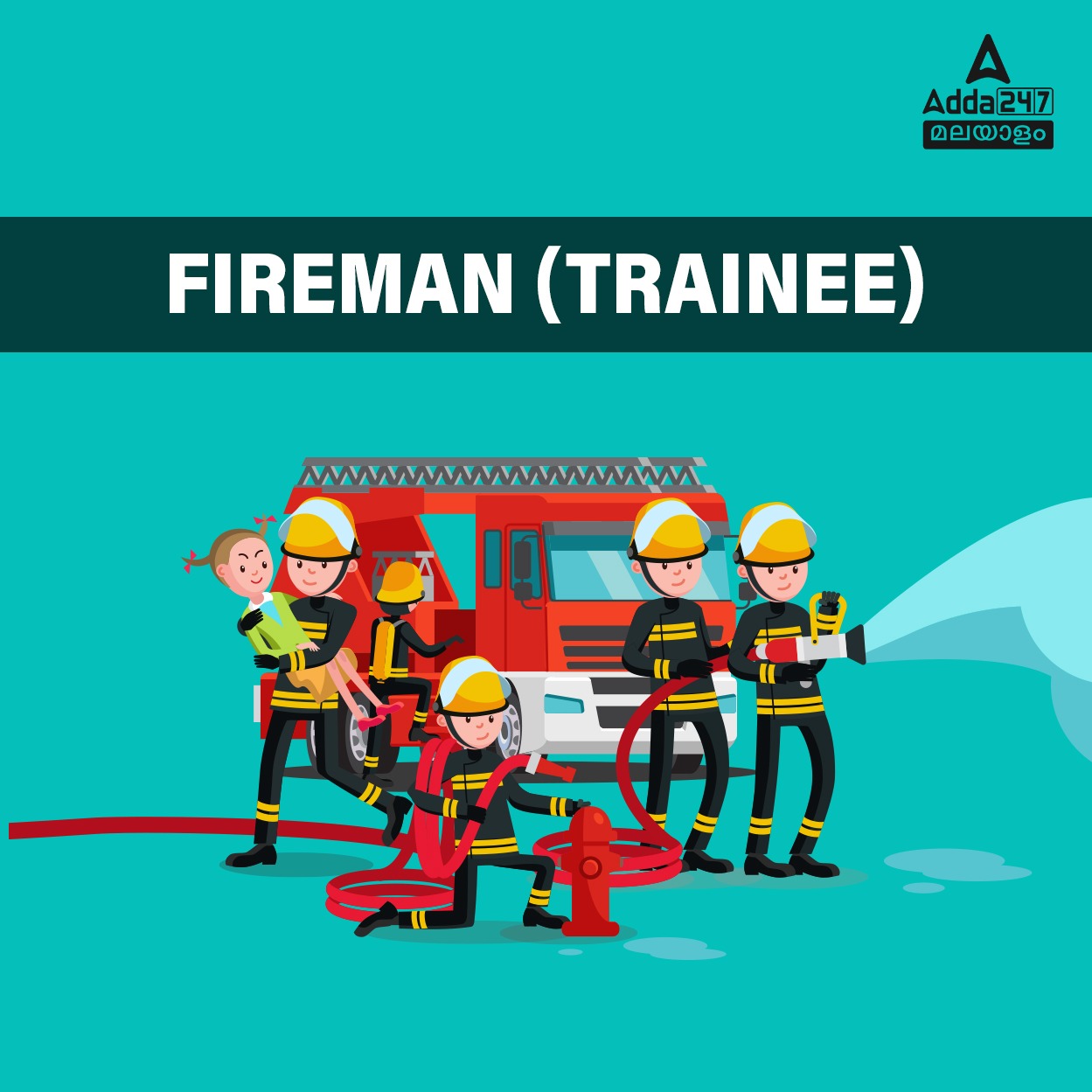Table of Contents
Kerala PSC Assistant Professor in Prosthodontics Syllabus 2023: Kerala Public Service Commission has published Kerala PSC Assistant Professor (Prosthodontics) Syllabus. If you have applied for the post of Assistant Professor in Prosthodontics and would like to know the detailed syllabus, then your search ends right here. In this article, we will provide the detailed syllabus of the upcoming Kerala PSC Assistant Professor (Prosthodontics) Exam 2023. In order to crack the exam, one needs to have a clear understanding of the syllabus, therefore read through Kerala PSC Assistant Professor Prosthodontics Syllabus to broaden your perspective. You can also download Assistant Professor Prosthodontics PSC Syllabus in pdf format. The admission tickets are available from 19th May 2023.
Kerala PSC Assistant Professor in Prosthodontics Syllabus 2023
Kerala PSC Assistant Professor Prosthodontics Syllabus 2023: പരീക്ഷയ്ക്കുള്ള തയ്യാറെടുപ്പുകൾ ആരംഭിക്കാൻ സമയമായി. പരീക്ഷയിൽ വിജയിക്കുന്നതിന്, സിലബസിനെക്കുറിച്ച് വ്യക്തമായ ധാരണ ഉണ്ടായിരിക്കണം, അതിനാൽ കേരള PSC അസിസ്റ്റന്റ് പ്രൊഫസർ (പ്രോസ്റ്റോഡോണ്ടിക്സ്.) സിലബസ് 2023 വിശദമായി വായിച്ച് മനസിലാക്കുക. നിങ്ങൾക്ക് Kerala PSC Assistant Professor Prosthodontics Syllabus 2023 Pdf രൂപത്തിൽ ഡൗൺലോഡ് ചെയ്യാവുന്നതാണ്. അഡ്മിഷൻ ടിക്കറ്റുകൾ 2023 മെയ് 19 മുതൽ ലഭ്യമാണ്.
Kerala PSC Assistant Professor (Prosthodontics) Syllabus 2023: Overview
ചുവടെ നൽകിയിരിക്കുന്ന പട്ടികയിൽ Kerala PSC Assistant Professor (Prosthodontics) Syllabus 2023 സംബന്ധമായ എല്ലാ പ്രധാനപ്പെട്ട വിവരങ്ങളും ലഭിക്കും.
| Kerala PSC Assistant Professor (Prosthodontics) Syllabus 2023 | |
| Organization | Kerala Public Service Commission |
| Category | Exam Syllabus |
| Department | Medical Education Services |
| Name of the Post | Assistant Professor (Prosthodontics) |
| Category No. | 94/2022 |
| Mode of Examination | ONLINE/ OMR |
| Medium of Questions | English |
| Total Marks | 100 |
| Duration of Examination | 1 Hour 30 Minutes |
| Official Website | www.keralapsc.gov.in |
Fill out the Form and Get all The Latest Job Alerts – Click here
Kerala PSC Assistant Professor in Prosthodontics Exam Pattern 2023
| Assistant Professor (Prosthodontics) Exam Pattern 2023 | ||
| Modules | Topics | Marks |
| Module 1 | i. Applied anatomy, embryology, growth and development Genetics ii. Immunology, anthropology, Physiology, Nutrition, and Biochemistry iii. Pathology And Microbiology, Virology iv. Applied Pharmacology v. Research Methodology and Biostatistics vi. Applied Dental anatomy and histology vii. Oral pathology & oral Microbiology, Adult and geriatric psychology |
10 Marks |
| Module 2 | Applied Dental Material Sciences | 10 Marks |
| Module 3 | Removable Complete Prosthodontics | 15 Marks |
| Module 4 | Oral Implantology | 10 Marks |
| Module 5 | Maxillofacial Rehabilitation | 10 Marks |
| Module 6 | Fixed Partial Prosthodontics | 15 Marks |
| Module 7 | Occlusion | 5 Marks |
| Module 8 | Temporomandibular Joint (TMJ) | 5 Marks |
| Module 9 | Aesthetics | 5 Marks |
| Module 10 | Complete Denture Prosthodontics | 15 Marks |
Assistant Professor (Prosthodontics) Kerala PSC Syllabus: Download PDF
Kerala PSC Assistant Professor (Prosthodontics) Syllabus PDF ഡൗൺലോഡ് ചെയ്യാൻ, താഴെ നൽകിയിരിക്കുന്ന ലിങ്കിൽ ക്ലിക്ക് ചെയ്യുക.
Kerala PSC Assistant Professor (Prosthodontics) Syllabus PDF 2023
Kerala PSC Assistant Professor (Prosthodontics) Syllabus 2023 Detailed
Module 1: Applied General Anatomy of the Head and Neck, Oral and Dental Anatomy and Histology
Embryology
- Early embryology, development up to the appearance of the three primary germ layers.
- Histogenesis and organogenesis.
- Post-natal growth and development of bony and soft tissue structure of the head and neck.
- Development of Branchial arches, Pharyngeal pouches & cleft
Applied General Anatomy
- Osteology of facial bones.
- Face – Facial Muscles, Nerve supply, Blood supply, Lymphatic drainage.
- Myology – Muscles of Facial Expression, Mastication.
- Cranial Nerves (5,7)
- Salivary glands.
- Palate.
- Anatomy of Tongue – muscles, blood, and nerve supply.
- TM Joint – Movements, relations, anomalies, and age changes.
Oral and Dental Anatomy
- Morphology of individual teeth in primary and permanent dentition with variations.
- Occlusion, dental arch formation, development of occlusion from gum pads, deciduous, mixed, and permanent dentition.
- The sequence of eruption.
- Tooth Numbering Systems.
General Histology
- Different types of epithelium, Bone.
Oral Histology
- Histology of developing tooth germ, enamel, dentin, cementum.
- The periodontal ligament, pulp, alveolar bone, oral mucous membrane
- Salivary glands, gingival, gingival sulcus, and epithelial attachment.
- ENAMEL: Physical characteristics, chemical properties, structure clinical considerations, age changes.
- DENTIN: Physical characteristics, chemical properties, structure. Types of dentin.
- Dentin innervation and hypersensitivity.
- CEMENIUM: Physical characteristics, chemical properties, structure. Clinical consideration. Age changes.
- PERIODONTAL LIGAMENT: Cells and fibers. Functions. Clinical Considerations. Age changes.
- ALVEOLAR BONE: Physical characteristics, chemical properties, and structure.
Applied General and Oral Physiology
- General Principles of Human Physiology.
- Blood – Composition & functions.
- Anemia – definition, classification, the life span of RBC’s destruction of RBC’s, formation & fate of bile pigment.
- Haemostasis – Role of vasoconstriction, platelet plug formation in hemostasis, coagulation.
- Factors, intrinsic & extrinsic pathways of coagulation, clot retraction.
- Hemorrhage.
- Blood Pressure – Definition, normal values, variations, determinants. Control and Maintenance. Hemorrhage and Shock.
Applied Pharmacology and therapeutics
- Mechanism of drug action.
- Mechanism of detoxification in the body.
- Intolerance, Tolerance, Cumulative action, Synergism, Antagonism.
- Dosage, Classification of Drugs.
- Local Anesthetics.
- Analgesics.
- Antiseptics and Disinfectants.
Applied General and Oral Pathology and Microbiology
- Cellular adaptation, Cellular degeneration, Apoptosis, Oncosis, Necrosis, Gangrene, Pathologic calcification
- Intracellular accumulations – Fatty changes, deposition of proteins, glycogen
- Detailed study of Inflammation – Definition, Vascular phenomena, Inflammatory Exudates, Localization of infection, Tissue changes in inflammation, and variations of Inflammation.
- Healing, Regeneration, Repair Mechanisms, Healing by primary intention, Healing by secondary intention, Fracture healing, Factors influencing the healing process, and Complications.
- Healing of a wound – organization, parenchymal repair, healing of a socket after extraction
- Hemorrhage and Shock.
- Atrophy, Hypertrophy, Hyperplasia, Metaplasia, Dysplasia
- Anaemia – classification, Iron Deficiency anemia,
- Megaloblastic anemia, Hemolytic anemias
- Coagulation cascade
- Dental caries – Etiology, histopathology, clinical characteristics, and sequelae.
- Pulpitis – Etiology, Pathology and sequelae of Acute and Chronic Pulpitis.
- Acute apical periodontitis and dentoalveolar abscess.
- Topography of root ends and surrounding structures,
- Relationship between maxillary teeth and maxillary sinus.
Microbiology
- Infection Control
- Sterilization with special reference to the dental office. Sterilization and Asepsis.
- Hand washing and hand hygiene.
- Personal protective equipment.
- Handling of sharp instruments.
- Needle-stick injury, exposure to body fluids.
- Post-exposure prophylaxis.
- Management and disposal of waste
RESEARCH METHODOLOGY, BIOSTATISTICS
Research Methodology
- What is research?
- What is the research methodology?
- Study Designs.
- Epidemiological studies, Observations, Descriptive, Cohort case-control studies.
- Experimental, Clinical trials (Randomized control), Community trends (Non randomized).
Biostatistics
- Introduction to Biostatistics – Application of statistics on Dental Health.
- Descriptive statistics – Definition, Presentation of Statistics, Measures of Central tendency – measures of Dispersion, Normal distribution, Binomial Distribution
- Collection, compilation, and graphical representation of statistical
- Data, techniques of sampling, bias in sampling.
- Inferential statistics – Testing of Hypothesis, standard error, t-test, Z test, chi-square test, Analysis of Variance, “U” test.
- Correlation and Regression.
Dental Radiology
- Introduction.
- Sources.
- Principles of X-ray production.
- Radiographic Principles and Techniques.
- Recent advances in imaging, viz., Digital imaging, CBCT etc
Medical Emergencies & Management
- Prevention – Introduction, Prevention, Preparation, Medico-legal considerations.
- Unconsciousness – general considerations, Vasodepressor syncope, Postural hypotension.
- Diabetes mellitus – hyperglycemia and hypoglycemia.
Ethics in Dentistry
- Introduction to ethics.
- What is ethics?
- What are values and norms?, How to form a value system in one’s personal and professional life?, Hippocratic oath. Ethics of the Individual.
- The patient as a person
- Right to be respected
- Truth and confidentiality Autonomy of decision
- Doctor-patient relationship
- Professional Ethics
- Code of conduct
- Contract and confidentiality
Adult and geriatric psychology
Module 2: Applied Dental Material Sciences
- Introduction
- Structure of matter.
- Physical properties of dental materials.
- Mechanical properties of dental materials.
- Biocompatibility of dental materials.
- Hydrocolloid Impression Materials.
- Non-aqueous elastomeric impression materials.
- Inelastic impression material.
- Gypsum products.
- Synthetic resins.
- Denture base resins.
- Restorative resin.
- Bonding.
- Solidification and microstructure of metals.
- Constitution of alloys.
- Corrosion.
- Dental casting alloys & metals.
- Inlay casting wax.
- Investments.
- Casting procedure.
- Dental cement.
- Ceramics.
- Soldering.
- Wrought base metal & gold alloys.
- Dental implant materials.
- Maxillofacial prosthetic materials.
- Lasers in dentistry.
- Finishing & polishing materials.
- Mechanics of cutting with dental burs.
- Recent developments in dental materials.
- Materials used for the treatment of craniofacial disorders.
- Clinical, treatment, and Laboratory materials, associated materials, Technical consideration, shelf life, storage, manipulation, sterilization and waste management.
Module 3: Removable Complete Prosthodontics
Removable Partial Denture (RPD)
- Introduction.
- Classification of partially edentulous situation.
- Examination, diagnosis, treatment planning.
- Components of the removable partial denture.
- Principles of RPD, forces acting on RPD, control of stresses.
- Surveyor.
- Surveying Principles, procedure, and Design.
- Mouth preparation.
- Impressions for distal extension RPD.
- Jaw Relations.
- Laboratory procedure.
- Insertion and post-insertion follow-up.
- Failures in RPD.
- Repair lining.
- Immediate RPD.
- Transitional Denture.
- Interim denture.
- Dental Material aspects related to RPD
Module 4: Oral Implantology
- Implant Supported Partial Dentures.
- Introduction and Terminology.
- Diagnosis and Treatment Planning.
- Classification of Prostheses.
- Biomechanics in Oral Implantology.
- Cement-retained and Screw retained prostheses.
- Principles of Occlusion in Implantology.
- Progressive Bone loading.
- Immediate Load applications in Implant Dentistry.
- Implantology related to implant-supported overdentures.
- Implantology related to maxillofacial prosthetics.
- Failures in implant-supported fixed partial dentures.
- Recent advances in implantology.
- Maintenance and Hygiene.
Module 5 : Maxillofacial Rehabilitation
- Scope, terminology, and definitions.
- Behavioral and psychological issues in Head and neck cancer.
- Psychodynamic interactions -clinician and patient.
- Cancer Chemotherapy: Oral Manifestations, Complications, and management.
- Radiation therapy of head and neck tumors: Oral effects, Dental manifestations, and dental treatment.
- Etiology, treatment, and rehabilitation (restoration) of acquired defect of the mandible, acquired defects of the hard palate, soft palate.
- Clinical management of edentulous and partially edentulous maxillectomy patients, Facial defects.
- Restoration of speech, Velopharyngeal function, cleft lip and palate, cranial implants maxillofacial trauma, Lip and cheek support prosthesis, Laryngectomy aids, Obstructive sleep apnoea, Tongue prosthesis, Esophageal prosthesis, Vaginal radiation carrier, Burn stents, Nasal stents, Auditory inserts.
- Trismus appliances, mouth-controlled devices for assisting the handicapped.
- Custom prosthesis for lagophthalmos of the eye. Osseointegrated supported facial and maxillofacial prosthesis. Resin bonding for a maxillofacial prosthesis.
- Implant rehabilitation of the mandible compromised by radiotherapy, Craniofacial Osseointegration.
- Prosthodontic treatment.
- Material and laboratory procedures for maxillofacial prosthesis.
Maxillofacial Prosthesis - Obturators.
- Occlusal splints.
- Gunning Splint.
- Guiding Flange appliance.
- Other prostheses like ocular prosthesis, finger prosthesis, ear prosthesis, etc.
- Dental Material aspects related to Maxillofacial prosthetics.
Module 6: Fixed Partial Prosthodontics
- Introduction.
- Diagnosis and treatment planning.
- Occlusion in detail.
- Mandibular movements, occlusal correction.
- Articulators and face–bow.
- Classification of FPD and parts of FPD.
- Retainers – Classification, Indications.
- Selection of Retainers.
- Principles of tooth preparations.
- Preparation of vital and endodontically treated teeth to receive various retainers.
- Fluid control and soft tissue management.
- Preparation of special tray and impression making.
- Preparation of various dyes.
- Maxillomandibular relations and relating them to articulators.
- Laboratory procedures include the preparation of wax patterns, casting, and finishing.
- Failures in FPD.
- Dental Material aspects related to FPD.
Module 7: Occlusion
- Evaluation, Diagnosis, and Treatment of Occlusal Problems Scope, definition, terminology, optimum oral health, anatomic harmony, functional harmony occlusal stability, causes of deterioration of dental and oral health, Anatomical, physiological, neuro-muscular, psychological, considerations of teeth, muscles of mastication, temporomandibular joint, intraoral and extraoral and facial musculatures, the functions of Craniomandibular system.
- Occlusal therapy, the stomatognathic system, centric relation, vertical dimension, the neutral zone, the occlusal plane, differential diagnosis of temporomandibular disorders, understanding and diagnosing intra articular problems, relating treatment to the diagnosis of internal derangements of TMJ, Occlusal splints, Selecting instruments for occlusal diagnosis and treatment, mounting casts, Pankey-mannschuyler philosophy of complete occlusal rehabilitation, long centric, anterior
guidance, restoring lower anterior teeth, restoring upper anterior teeth, determining the type of posterior occlusal contours, methods for determining the plane of occlusion, restoring lower posterior teeth, restoring upper posterior teeth, functionally generated path techniques for recording border movements intraorally, occlusal equilibration, Bruxism, Procedural steps in restoring occlusions, requirements for occlusal stability, solving occlusal problems through programmed treatment planning, splinting, solving occlusal wear problems, deep overbite problems, anterior overjet problems, anterior open bite problems. - Treating end-to-end occlusion, splayed anterior teeth, cross-bite patient, Crowded, irregular, or interlocking anterior bite, using Cephalometrics for occlusal analysis, solving severe arch malrelationship problems, transcranial radiography, postoperative care of occlusal therapy.
Module 8 : Temporomandibular Joint (TMJ)
- Temporomandibular joint and its function, Temporomandibular joint dysfunction – Scope, definitions, and terminology Orofacial pain, and pain from the temporomandibular joint region temporomandibular joint dysfunction, temporomandibular joint sounds, temporomandibular joint disorders.
- Anatomy-related, trauma, disc displacement, Osteoarthrosis/Osteoarthritis, Hypermobility and dislocation, infectious arthritis, inflammatory diseases, Eagle’s syndrome (Styloid – stylohyoid syndrome), Synovial enchondromatosis, Osteochondrosis disease, Osteonecrosis, Nerve entrapment process, Growth changes, Tumors, Radiographic imaging.
- Etiology, diagnosis and craniomandibular pain, differential diagnosis, and management, orofacial pain – pain from teeth, pulp, dentin, muscle pain, TMJ pain – psychologic, physiologic – endogenous control, acupuncture analgesia, Placebo effects on analgesia, Trigeminal neuralgia, Temporal arteritis
- Occlusal splint therapy – construction and fitting of occlusal splints, management of occlusal splints, therapeutic effects of occlusal splints, occlusal splints, and general muscles performance, TMJ joint uploading and anterior repositioning appliances, use and care of occlusal splints.
- Occlusal adjustment procedures – Reversible – occlusal stabilization splints and physical therapies, jaw exercises, jaw manipulation, and other physiotherapy or irreversible therapy – occlusal repositioning appliances, orthodontic treatment, Orthognathic surgery, fixed and removable prosthodontic treatment and occlusal adjustment, removable prosthodontic treatment and occlusal adjustment, Indication for occlusal adjustment, special nature of orofacial pain, Indication for occlusal adjustment, special nature of orofacial pain, Psychopathological considerations, occlusal adjustment philosophies, mandibular position, excursive guidance, occlusal contact scheme, goals of occlusal adjustment, the significance of a slide in centric, Preclinical procedures, clinical procedures for occlusal adjustment.
Module 9: Aesthetics
- Scope, definitions, Morpho psychology, esthetics, structural esthetic rules- facial components, dental components, gingival components physical components.
- Esthetics and its relationship to function – Crown morphology, physiology of occlusion, mastication, occlusal loading, and clinical aspect in bio esthetic aspects.
- Physical and physiologic characteristics and muscular activities of facial muscle, perioral anatomy, and muscle retaining exercises.
- Smile – classification and smile components, smile design, esthetic restoration of a smile.
- Esthetic management of the dentogingival unit, intraoral plastic surgery for the management of gingival contours, and ridge contours, Periodontal esthetics,
- Restorations – Tooth-colored restorative materials, the clinical and laboratory aspects, marginal fit anatomy, inclinations, form, size, shape, color, embrasures, and contact point.
Module 10: Complete Denture Prosthodontics
- Applied Anatomy and Physiology.
- Communicating with the patient.
- Diagnosis and treatment planning for the patient.
- Articulators.
- Improving the patient’s denture foundation and ridge relation- an overview.
- Principles of retention, support, and stability.
- Impression and techniques of impression making.
- Record bases and occlusion rims.
- Biologic consideration in jaw relation and craniomandibular relations.
- Concepts of occlusion.
- Recording maxillomandibular relation.
- Tooth selection and arrangement.
- Try-in of complete dentures.
- Denture insertion.
- Sequelae of wearing complete dentures.
- Tissue conditioners.
- Relining and rebasing of dentures.
- Immediate complete dentures.
- Single complete denture.
- Overdentures.
- Residual ridge resorption.
- Implant-supported complete dentures.

